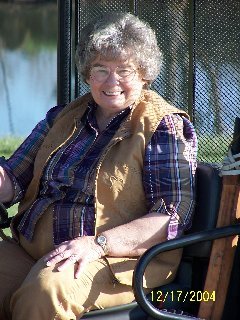My daughter, who teaches art, wrote on Facebook about the six graders suddenly showing up in class with miniature skateboards in their pockets, which of course they could not resist pulling out and playing with. That brought to my mind the annual appearance of water guns each spring among the high school crowd in the old days. And I remember granddaughter Tara and her young friends at Harrisburg all having some kind of mechanical “baby” that they carried with them even on the softball bench that had to be fed and cared for every few hours. These young “mothers” took it all very seriously until the fad faded as rapidly as it started.
I had recently again picked up Volume 1 of The Moravian Springplace Mission to the Cherokees off a table in the living room. I’d started it months ago, but life interfered. The bookmark still remained about a fifth of the way through. Enough time had passed that I wanted to start again at the beginning, and I’m now probably a fourth of the way through. Only recently translated and made available to the English reader by the University of Nebraska Press, it is fascinating reading detailing the daily life in the mission at Springplace in the Cherokee Nation. The diaries and other documents were made available and published with the consent of the Moravian Church of the Southern Province.
Dr. Rowena McClinton of Southern Illinois University Edwardsville translated from the archaic German script the diary entries from 1805-13 is this first 648-page volume. Volume II then awaits me with entries from 1814-21. McClinton’s enlightening Introduction presented the historical context that brought the Moravians from Central Europe to the New World and this group to the Cherokee.
The Moravians lived among the Cherokee for over thirty years, and it is interesting to read the experiences and adaptations they made in the first two years (the only ones I read so far). They could only board four students in their school, but the James Vann plantation was nearby, and some children lived there and came to the school.
After reading Jeannie’s lament about what the small skateboards did to students’ learning and classroom decorum, I had to giggle the next day when I read the entry about little Johnston McDonald’s parents visiting the Moravian school. The father was extremely interested in Johnston getting an education, and he forbade his son from bringing his blow gun to school knowing it would distract him. (The blow gun was a long pipe which allowed arrows with thistles instead of feathers and could be used by the boys to kill birds.) I could imagine that Johnston and the other boys made new blow guns when the season beckoned.
The mission seemingly welcomed all Indians and all travelers for meals and sometimes for several days’ visits. I found the hospitality amazing although occasionally the missionaries had to say they could not provide what someone asked for. They wished they had more room for student boarders. Sometimes the visitors slept in the school house with the boys or evidently wherever they could find room for them.
Keeping food available for such a large group was always a challenge, but the missionaries had unflagging faith that God would provide. They might be out of meat for awhile, but eventually a Cherokee would come with a turkey or a venison ham, and the diarist would thank God for the provision. Sometimes the missionaries purchased or traded for the meat, but often it seemed to be a gift.
Because so many people were dropping in and eating breakfast or dinner or supper, I expected more detail about the food preparation. What was being harvested or prepared was mentioned, but nothing was said about how the food was cooked or how the dishes got washed. And there was very little said about the method of instructing the students, who came speaking Cherokee, but I am hoping for more information on that when Anna Gambold becomes the diarist later in the volume. Missionaries were told that adults could not learn the Cherokee language. Much was said about prayers and other devotional activities and who attended the services.
One of the missionaries’ greatest pleasures was the packets of letters and materials received from other missions in Pennsylvania and elsewhere. I am assuming those missions delighted in reading the Springplace diaries, but maybe not since there was no copy machines. Right now I am following the many entries concerning the lost pigs that the Springplace mission desperately needs for food. The pigs are simply allowed to run loose in the woods, but they have disappeared. Has someone stolen and already butchered them? Have they wandered so far that the brethren will never find them? If I can find time to keep reading, maybe I will learn.
Yorktown Virginia
-
On Sunday, after our museum day, Wesley and I drove to Yorktown Va. I am
so glad we ventured out looking for a waterfront on this trip. I had to
mercha...
5 years ago












No comments:
Post a Comment